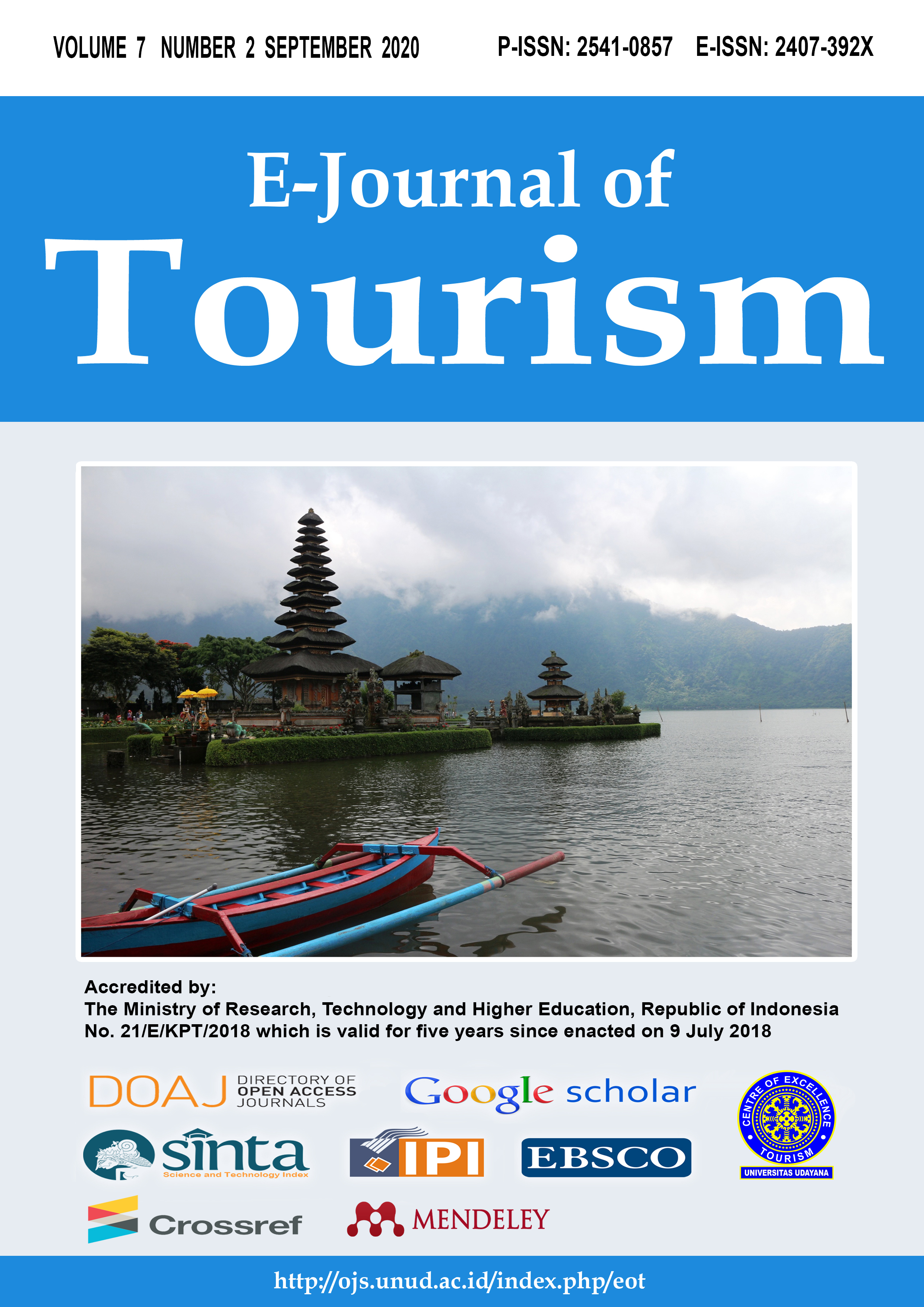Planning of Country Border Area as A Tourism Destination in Jayapura City
Abstract
This article investigates and identifies the involvement of stakeholders, analyzes internal and external factors that influence the planning of country border areas, and formulates strategies and programs for developing national border areas. This study used qualitative methods with IFE, EFE, IE and SWOT analysis. Data collection was carried out by observation, interviews, documentation study, literature study, and FGDs. The number of informants was 13 people who are competent and chosen deliberately. The results of this study indicate that the country border area is in a medium internal and external position, meaning that the border area of the country is in quadrant V, the strategy in quadrant V is to hold and maintain. Quadrant V indicates that the border area has developed and needs to be maintained. Therefore, the right grand strategies to be applied are market penetration and product development.
Strategies and programs for developing country border areas with the Strengths-Opportunities strategies are mapping and polarization of tourist attractions, maximizing the types and diversity of tourism products in the border areas of the country, and evaluating cross-border festivals. Development programs by Weaknesses-Opportunities analysis are dissemination and training for human resource development particularly for the local people, construction of public facilities, tourism infrastructure, and coordination between stakeholders, and development programs. Meanwhile, by Weaknesses-Threats analysis, namely focus group discussions, seminars, workshops, entrepreneurship training, formal education for the local youths, security and cleanliness of tourist attractions, and regulatory evaluation.
Keywords: Regional planning, tourist destinations, country borders
Downloads

This work is licensed under a Creative Commons Attribution 4.0 International License.
The copyright of the received article shall be assigned to the journal as the publisher of the journal. The intended copyright includes the right to publish the article in various forms (including reprints). The journal maintains the publishing rights to the published articles.




















